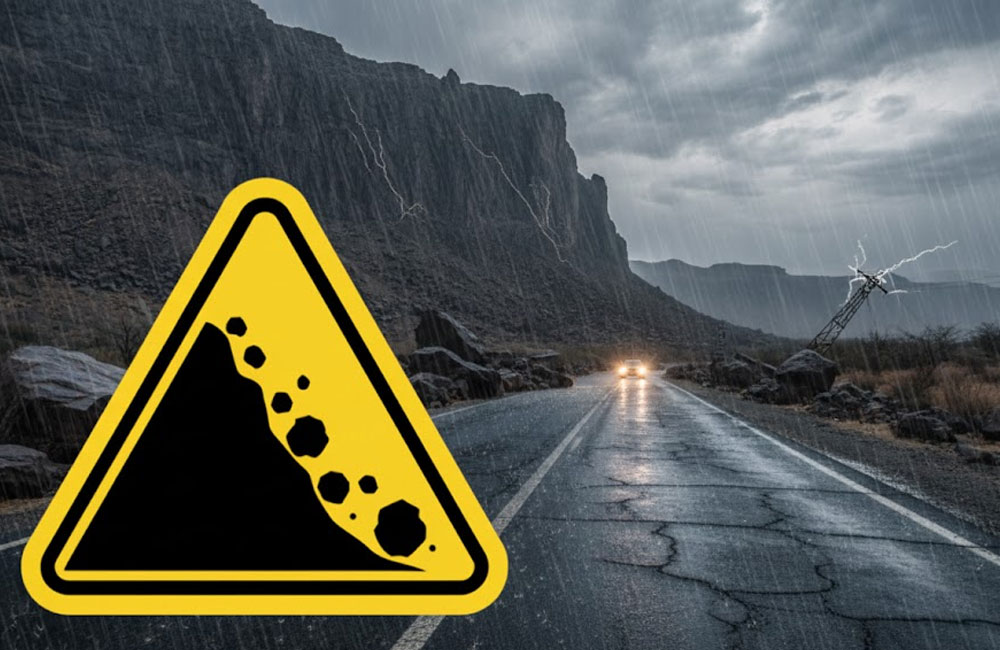The National Building Research Organisation has raised serious concerns about the growing number of people living in landslide-prone regions, revealing that nearly 15,000 families reside in 250 high-risk zones across the country. These include 230 identified landslide areas and 20 rockfall locations, putting thousands in danger.NBRO officials noted that a significant portion of these risk zones include illegal constructions and informal settlements, which greatly increase vulnerability. In response, the government is preparing to remove or blast unstable rock formations in selected areas to minimize future disasters. However, such operations would require the temporary evacuation of residents living near schools, hospitals, and key businesses, making the process complicated.
Despite repeated safety warnings, many families continue to stay in these zones due to social ties, financial struggles, and limited relocation opportunities. Authorities estimate that around 60,000 people currently inhabit these high-risk regions.
Senior Geologist Laksiri Indrathilaka of the NBRO cautioned that incidents similar to the Lower Kadugannawa disaster could occur again if preventive action is delayed. He explained that earlier attempts to move affected families failed because suitable land was scarce, and proposed relocation sites did not offer reliable livelihoods. Even government-provided apartment housing was declined by residents.
Indrathilaka added that the NBRO has offered technical guidance to district officials regarding unauthorized construction in dangerous zones. The 13 districts identified as highest risk include Badulla, Kandy, Nuwara Eliya, Ratnapura, Kegalle, Kalutara, Galle, Matara, Hambantota, Gampaha, Monaragala, and Kurunegala.He emphasized that both natural geological changes and human activities continue to intensify the threat of future disasters unless immediate steps are taken.

Leave your comments
Login to post a comment
Post comment as a guest